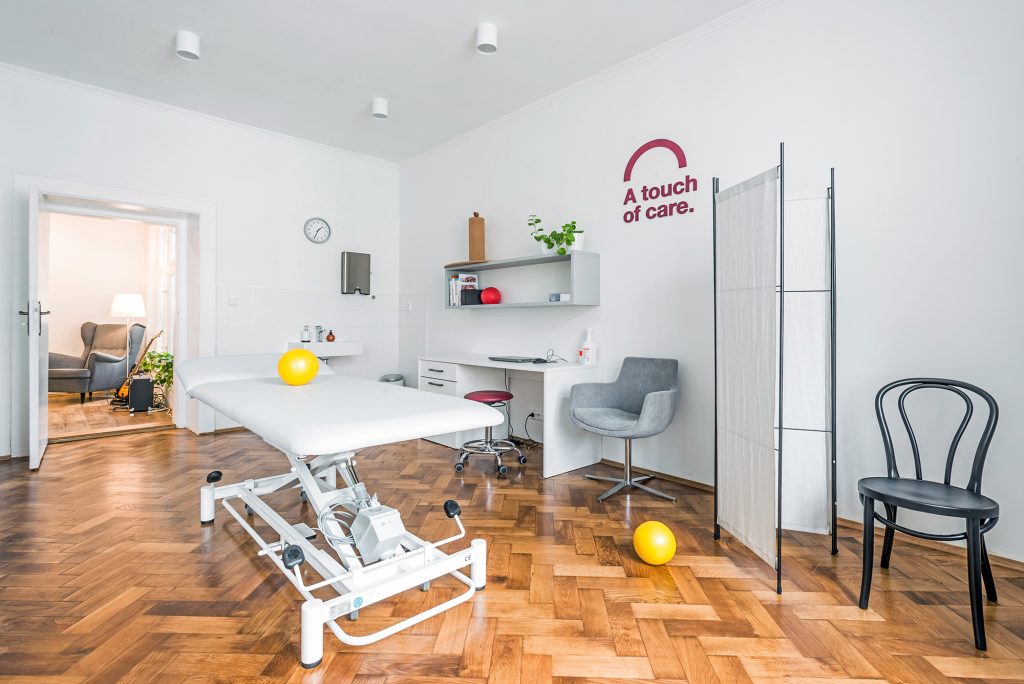7 Factors Increasing the Risk of Lumbar Disc Herniation
Lumbar Disc Herniation
When lower back pain strikes, one potential cause could be damage to the intervertebral discs. These discs act as shock absorbers and allow for spine mobility. As we age, these discs lose flexibility and resilience, making them more susceptible to wear. The lower back bears a significant amount of movement, which increases the risk of disc bulging, rupturing, or tearing. When this happens, the disc can press on the nerve roots, often causing sharp, shooting pain that radiates from the back to the buttocks or down to the foot.
7 Risk Factors for Disc Herniation
- Aging: With age, the discs become less flexible, raising the risk of herniation. However, disc issues in younger people can sometimes be more painful due to the greater size and pressure of the disc.
- Muscle Strength and Coordination: Without a strong, well-trained core to support proper spinal alignment, the spine and discs are subjected to more stress.
- Body Weight: Excess weight puts additional strain on the discs in the lower back.
- Occupation: Jobs that involve physical labor, such as lifting, pulling, or twisting, increase the risk of disc damage.
- Genetics: Some individuals may inherit a predisposition to disc herniation, such as an unfavorable lumbar spine curvature.
- Smoking: Smoking reduces oxygen flow to the discs, decreasing their health and increasing the risk of damage.
- Frequent Driving: Long hours of sitting, combined with vehicle vibrations, place extra pressure on the spine, which can compromise disc health.
From a physiotherapist’s perspective, a healthy lumbar spine relies on:
- The coordinated action of the abdominal muscles, pelvic floor, and diaphragm.
- The ability to absorb forces from not only the upper body but also the lower limbs. The pelvis and lower spine react to both spine movements and activities in the legs and organs.
- The spine’s capacity to support the weight of the upper body. The lumbar vertebrae are the largest in the spine and serve as the foundation for the head and neck.
- Maintaining the spine’s natural curvature, which helps distribute weight and relieve tension in the lower back.
How We Can Help at Fyzio Svět
The goal of our physiotherapists is to help you quickly get rid of the pain, return to your usual activities, and teach you how to prevent the recurrence of the problem. In addition to exercises and manual techniques, we use the latest technologies, such as high-performance lasers, which are excellent tools for speeding up healing. Depending on your needs, we will teach you how to functionally strengthen your body, how to recover after strain, how to stretch, or how to improve spinal flexibility, and much more.







